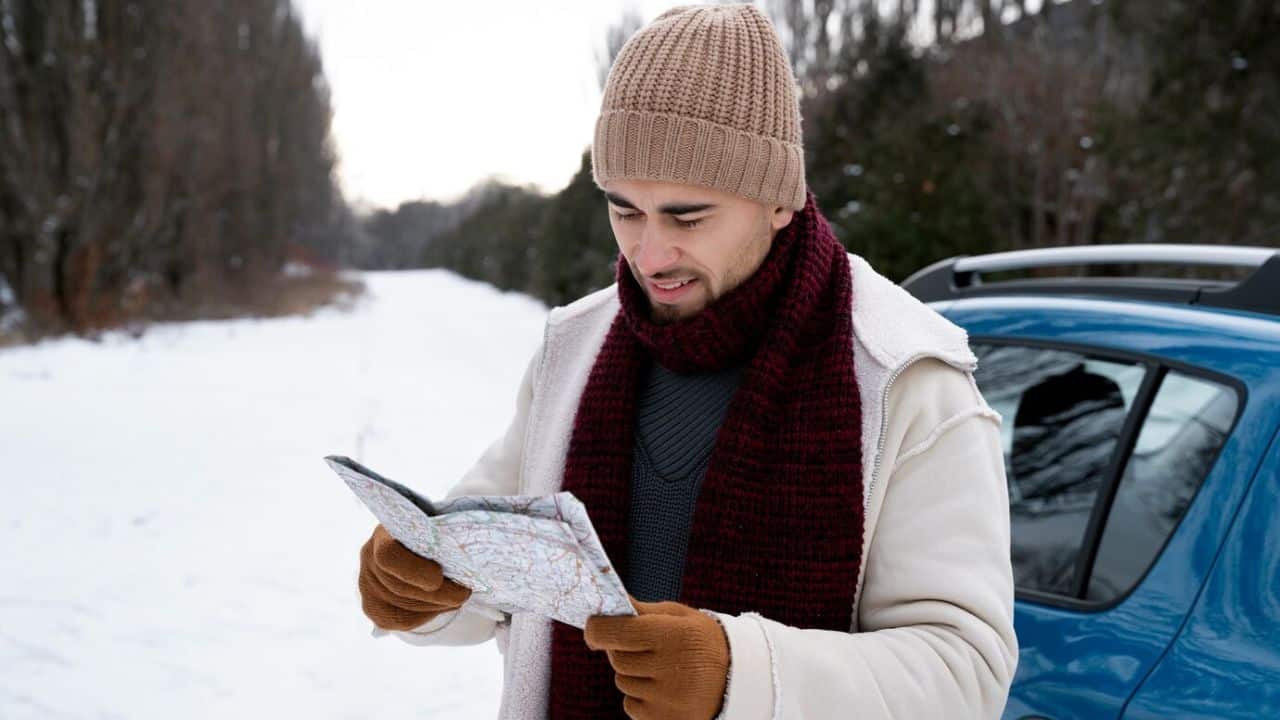Winter is almost here, and even in California, that means the potential for colder, wetter days on the road. While the Golden State might not face heavy snow, California drivers still deal with rainy weather, chilly mountain drives, and foggy mornings — all things that make winter car prep a smart move. From inspecting your wiper blades to reviewing your car insurance, these simple steps can help keep you safe and prepared for any surprises the season might bring.
Inspecting and Replacing Wiper Blades
Your wiper blades play a huge role in keeping your windshield clear of rain, snow, and grime, so it’s a good idea to check them before winter hits. Here’s a quick way to inspect them:
- Check for streaks and squeaks: If your wipers are leaving streaks or making squeaky noises, they’re likely worn out and may not work well in a storm.
- Look for cracks or splits: Take a close look at the rubber on each blade. Cracks, splits, or stiff rubber are signs they need replacing.
Replacing wiper blades is simple and inexpensive, and you can even get winter-specific blades designed to handle cold temperatures better.
Checking Tire Tread and Switching to Winter Tires
Your tires are the only thing connecting your car to the road, so they need to be in top shape for winter driving. Let’s look at some ways to check if your tires are ready:
- Do the penny test: Take a penny, turn it so Lincoln’s head is facing down, and insert it into the tread of your tire. If you can see all of Lincoln’s head, your tread is too low, and it’s time to replace the tires.
- Consider winter tires: If you regularly head to the snowy Sierra Nevada or other high-elevation spots, think about switching to winter tires. They’re designed to stay flexible in cold weather and have a tread pattern that grips better in snow and slush. If you mostly drive in milder winter conditions, all-season tires might be enough, but be sure they’re in good shape.
- Check tire pressure: Cold weather can lower tire pressure, which affects your car’s handling and fuel efficiency. Check your tire pressure regularly during winter to make sure it matches the recommended levels in your car’s manual.
Testing Your Battery and Charging System
Cold weather can be hard on your car battery. Testing it before winter hits is a great way to avoid those unfortunate no-start situations. Here’s what to do:
- Get your battery tested: Most auto shops will test your battery for free. This quick check will let you know if your battery is holding a strong charge or if it’s time for a replacement. Batteries older than three years can struggle in the cold, so it might be worth replacing them for peace of mind.
- Check the charging system: Your car’s alternator keeps the battery charged while you’re driving. If your battery test comes back low, the problem might actually be with the charging system. Many shops can test both at the same time.
- Look for warning signs: Slow engine starts, dim headlights, or a battery warning light on your dashboard are signs that your battery or charging system might need attention.
Stocking Up on Winter Emergency Supplies
Winter driving can be unpredictable, so it’s smart to keep some emergency supplies in your car just in case. Here are a few essentials to have on hand:
- Blankets and warm clothes: If you get stuck or have to wait for help, staying warm is key. Pack a few blankets and some extra warm clothes.
- Flashlight and batteries: A flashlight can be a lifesaver if you need to check something on your car at night. Don’t forget extra batteries!
- Snacks and water: In case you’re stranded for a while, keep some non-perishable snacks and bottled water in the car.
- Portable phone charger: A portable charger will make sure your phone stays powered up whenever you need to call for help.
- First-aid kit: Basic supplies like bandages and antiseptic wipes are helpful for small injuries or emergencies.
- Jumper cables and basic tools: These can help you (or someone else) get back on the road if there’s a dead battery or a minor issue.
Inspecting and Refilling Fluids
Your car’s fluids keep everything running smoothly in winter, so taking a moment to inspect these fluids can really help your vehicle perform better in the colder months. Here’s what to check before winter:
- Coolant: Coolant helps keep your engine from freezing and regulates its temperature. Check the coolant level in the reservoir and top it off if needed. If it’s been a while since your last coolant change, consider a flush to clear out any buildup.
- Oil: Cold weather can make thick oil harder for your engine to circulate, so check your oil level and make sure you’re using the right type for winter. If you’re due for an oil change, ask about adding winter-grade oil to your vehicle.
- Windshield washer fluid: Winter weather often means more dirt and debris on your windshield. Make sure your washer fluid is full and switch to a winter-specific formula that won’t freeze in cold temperatures.
Planning for Insurance Coverage and Roadside Assistance
Even with all the right preparations, breakdowns and unexpected situations can still happen, especially in winter. However, having the right coverage can give you peace of mind and help you feel prepared, no matter what winter throws your way.
Take a look at your car insurance to make sure you’re well-covered. Comprehensive car insurance coverage is a good idea because it can cover things like weather-related damage or accidents. Also, think about adding roadside assistance to your plan to help with things like towing, jump-starts, or flat tires.
If you’re looking for cheap car insurance, comprehensive coverage and roadside assistance might be more affordable than you think.









































